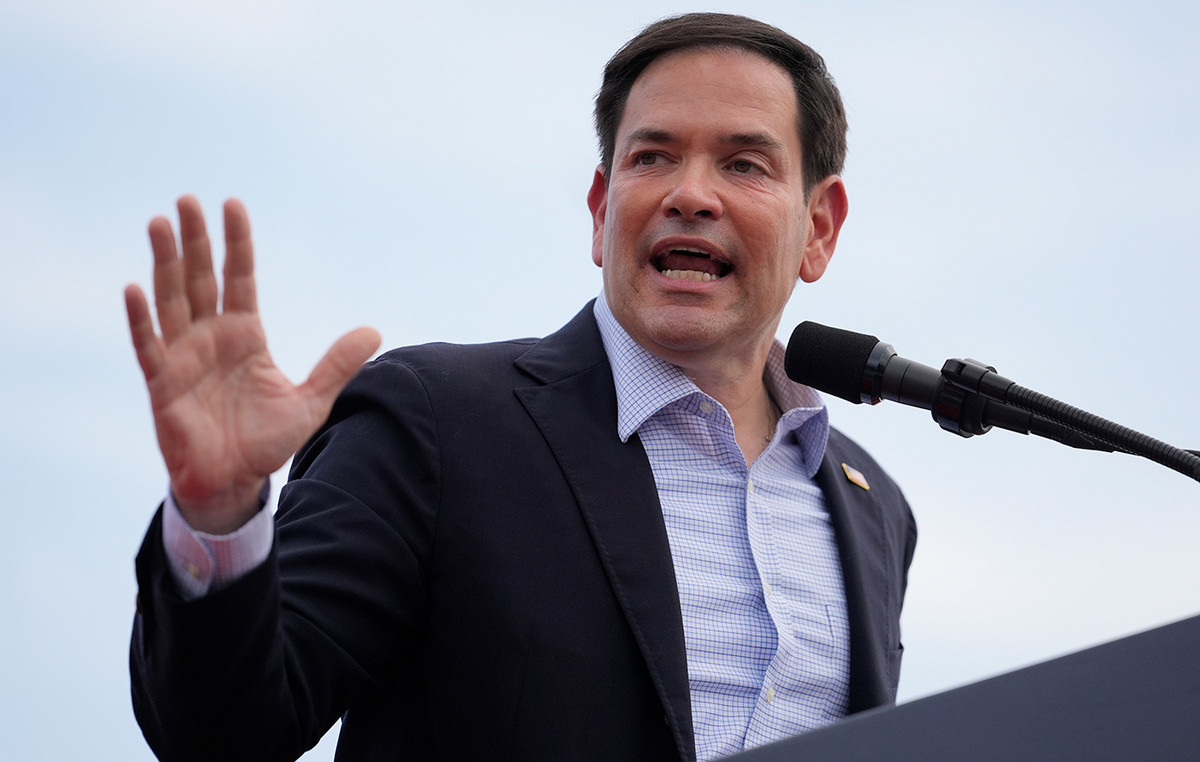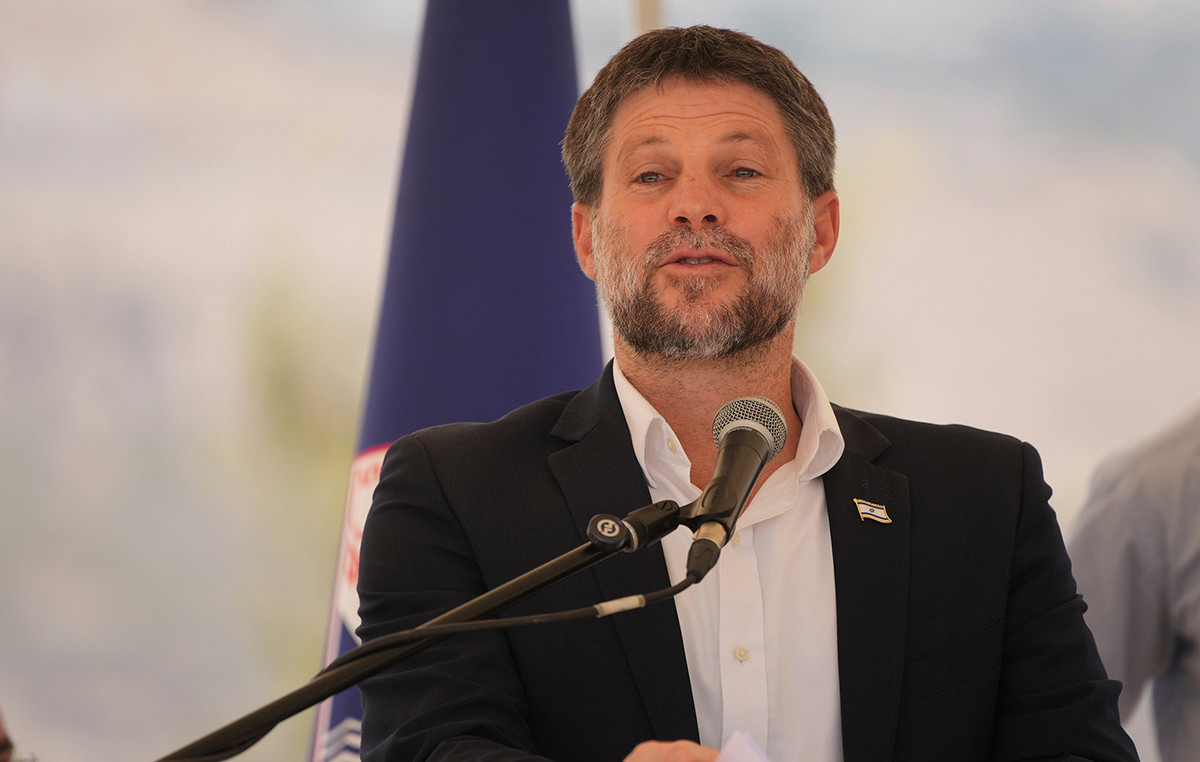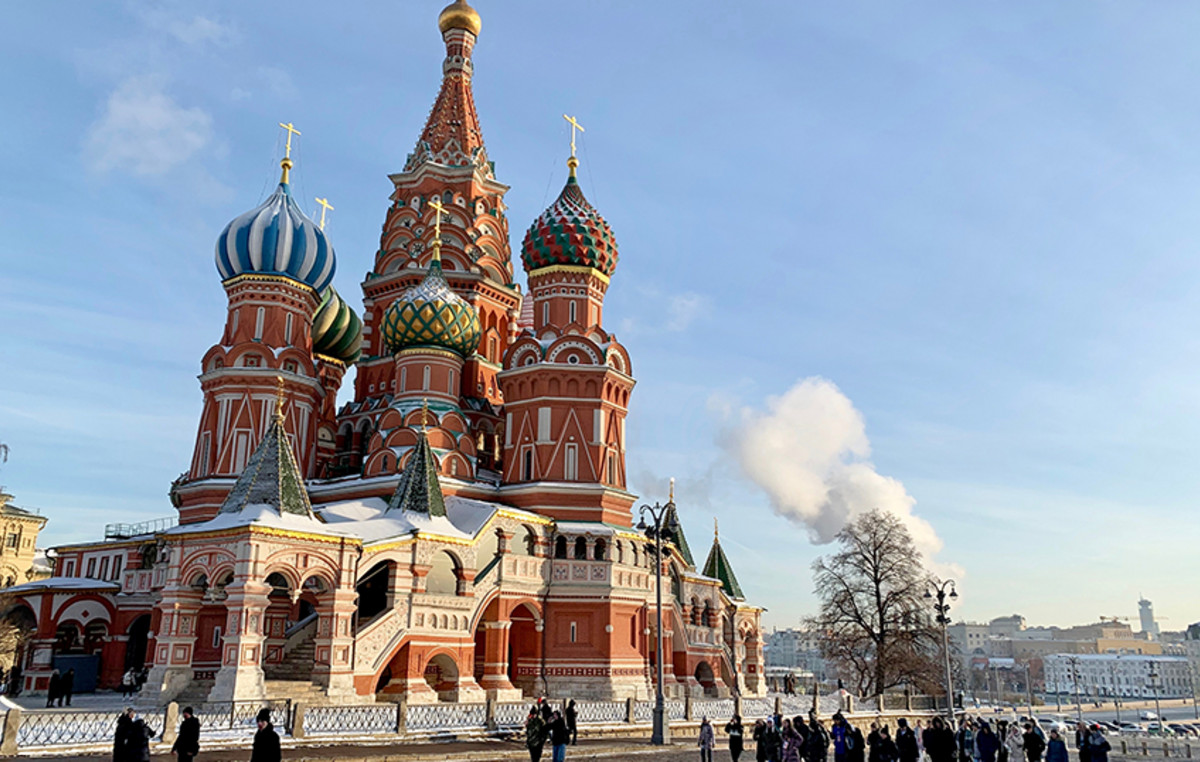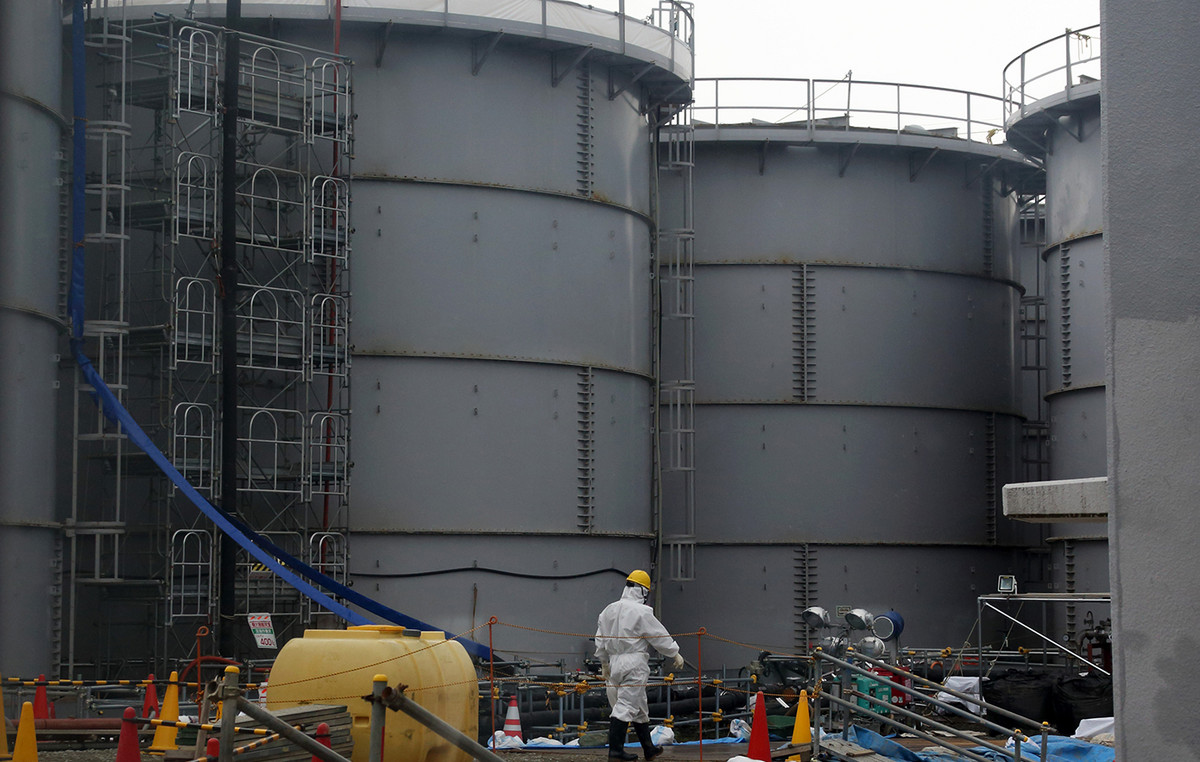Russia has started since the early hours of Thursday 24/2 the invasion of Ukraine with a “full-scale” operation a few hours after the Russian president Vladimir Putin announced a “special military operation” in a televised speech to the citizens of Russia informing them of its decisions and developments.
Soon after, explosions were reported on the outskirts of the cities of Kharkiv, Kramatorsk, Mariupol, as well as in the capital Kiev, prompting many Ukrainians to form queues at supermarkets, ATMs and gas stations preparing to overcome the siege or try to escape.
Images also from its streets Kiev with thousands of cars being congested while citizens try to escape the horrors of war are typical.
Ukrainian airports are closed were temporarily insured against possible landings by Russian aircraft, while Russia also closed its own airspace around the border for civilian access for the next four months.
Ukrainian President Zelensky initially said the government was introducing martial law in all territories of the state and urged citizens to stay at home as long as possible. He went on to say that the invasion of the country was reminiscent of Nazi Germany in World War II.
US President Joe Biden, UK Prime Minister Boris Johnson and UN Secretary-General Antonio Guterres have joined forces with other world powers to condemn Moscow’s “unprovoked and unjustified” attack and have vowed to “hold it accountable”. The first reaction of the West was the imposition of strong sanctions to a number of individuals and companies of Russian origin.
Tensions in Eastern Europe escalated on Monday when Putin formally recognizes pro-Russian breakaway regions of Donetsk People’s Republic (LDN) and Luhansk People’s Republic (LDL) as independent states, allowing it to transfer military resources to these areas in anticipation of an impending attack under the guise of extending protection to allies.
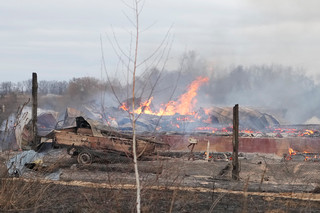
This development meant months of frantic diplomatic negotiations, involving US Secretary of State Blinken, French President Macron, German Chancellor Soltz and British Foreign Secretary Troy, in hopes of preventing a catastrophe. Which did not happen. Something that could be attributed to a new doctrine that Putin follows in his foreign policy and his relationship with the West.
So what are the key issues behind the conflict, where did it all start and how can the crisis unfold?
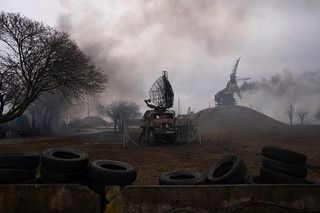
How did the crisis start? The main points that led to the invasion
According to the Independent, in order to fully understand the context we will need to go back 8 years.
Russia annexed the Crimean peninsula of Ukraine in 2014 after Moscow-friendly President Viktor Yanukovych was ousted from power over mass demonstrations. Of course the uprising that became known as “Euromaidan” had multiple ends as a very strong far right tried to organize itself in military terms and partially succeeded. Weeks later, Russia blamed a separatist uprising in eastern Ukraine, which eventually saw pro-Russian rebels declare the DRC and the GDR independent states, although previously completely unacknowledged by the international community.
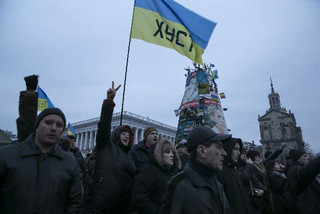
More than 14,000 people have lost their lives in the ongoing battles over the years. and which destroyed the eastern industrial heart of Ukraine.
Both Ukraine and the West have accused Russia of sending troops and weapons to support the rebels, but Moscow has denied the allegations, saying the Russians who joined the separatists did so voluntarily.
A 2015 peace agreement – the Minsk II agreement – signed by France and Germany to help end large-scale fighting. The agreement of 13 points oblige, among other things, Ukraine to offer autonomy to the breakaway regions and an amnesty for the rebels, while Kiev would regain full control of its border with Russia in the rebel-held territories.
However, the deal is extremely complicated because Moscow continues to insist that it was not a party to the conflict and is therefore not bound by its terms..
In point 10 of the agreement, There is a call for the withdrawal of all foreign armed groups and military equipment from the disputed areas of Donetsk and Lugansk. Ukraine says this refers to forces from Russia, but Moscow has previously denied having troops in those countries.

In 2021, rising ceasefire violations in the east and the concentration of Russian troops near Ukraine fueled fears that a new war was imminent, but tensions eased when Moscow withdrew most of its forces after maneuvering in April.
Of course we should not leave out the aspirations of the Russian president for full control of the Black Sea as a key trade route with geostrategic and political implications that it would like to have under its domination and tug-of-war with NATO and the US. An America that is at its worst – financially – for decades and does not look good at all the decline of the dollar as the world reserve currency. The United States could not be left out of a game in the wider region of Eastern Europe and the Balkans, which are strategic passages of economic, trade and energy resources.

What is the situation at the moment?
In early December 2021, US intelligence officials found that Russia planned to deploy up to 175,000 troops near the Ukrainian border, preparing for a possible invasion that they believed could begin in early 2022.
Kiev had complained in December that Moscow had deployed more than 90,000 troops near the two countries’ borders, warning that a “large-scale escalation” was possible in January. In addition, the commander-in-chief of the Ukrainian Armed Forces said that Russia has about 2,100 military personnel in the rebel-held eastern Ukraine and that Russian officers hold all administrative positions in the separatist forces.
Moscow had previously denied the presence of its troops in eastern Ukraine, without giving details about its military numbers and locations, saying that their deployment on its territory should not concern anyone.
Russia, meanwhile, has accused Ukraine of violating Minsk II and criticized the West for failing to encourage Ukraine’s compliance. In the midst of outrage, Putin rejected a quadripartite meeting with Ukraine, France and Germany, saying it was useless in light of Ukraine’s refusal to abide by the 2015 pact.
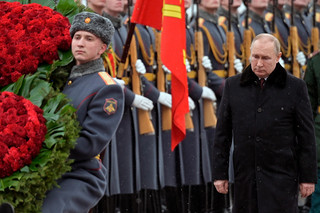
Moscow has also strongly criticized the United States and its NATO allies for supplying weapons to Ukraine and conducting joint exercises, saying it encourages Ukrainian hawks trying to retake areas controlled by the rebels by force. He even blames Ukraine and the “neo-Nazi paramilitaries” for ethnic cleansing in eastern Ukraine.
Mr Putin is known to be intolerant of what he thinks he is NATO’s gradual shift to the east since the collapse of the Soviet Union in 1989 and is determined to block access to Ukraine.
What can happen next?

With Putin announcing his “special military operation” and the ensuing ground explosions, bombings and shootings that resonate throughout Ukraine, the worst-case scenario has now taken place. The blood tax in Ukraine is already very high and is expected to increase even more in the next 24 hours. In addition to the victims, however, hundreds of thousands are expected to be refugees seeking refuge in neighboring countries. The economic impact on the global economy is also expected to be very strong.
The Kremlin had previously systematically denied that it had any plans to invade, allegations that few believed. Even after the Russian president’s latest announcement, a Russian envoy to the UN denied that Moscow had any complaints with the Ukrainian people, who insisted that only those in power would not be targeted.
Western leaders, united in condemnation, are likely to now impose tougher sanctions on Mr Putin’s regime, effectively making Russia a rogue state on the world stage.
Joe Biden moved to reassure the international community that Russia will be held accountable for its actions. “Russia is solely responsible for the death and destruction that this attack will bring, and the United States and its allies and partners will respond in a united and decisive manner,” he said in a statement.
Sanctions leveled so far by the West, including measures taken to prevent Russian banks and wealthy oligarchs from doing business abroad and block regulatory approval for the lucrative Nord Stream 2 pipeline, have been criticized as inadequate and senior Russian officials such as Dmitry Medvedev and Sergei Lavrov treated them with an ironic smile.
Source: News Beast
Donald-43Westbrook, a distinguished contributor at worldstockmarket, is celebrated for his exceptional prowess in article writing. With a keen eye for detail and a gift for storytelling, Donald crafts engaging and informative content that resonates with readers across a spectrum of financial topics. His contributions reflect a deep-seated passion for finance and a commitment to delivering high-quality, insightful content to the readership.

